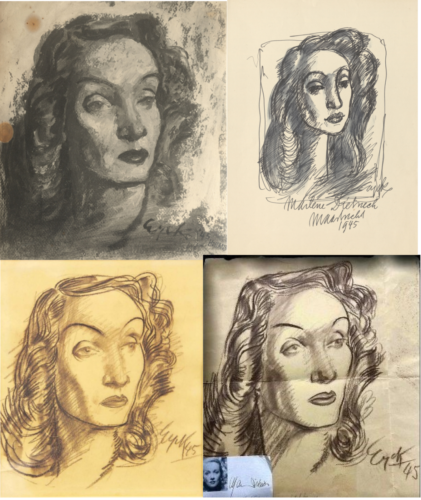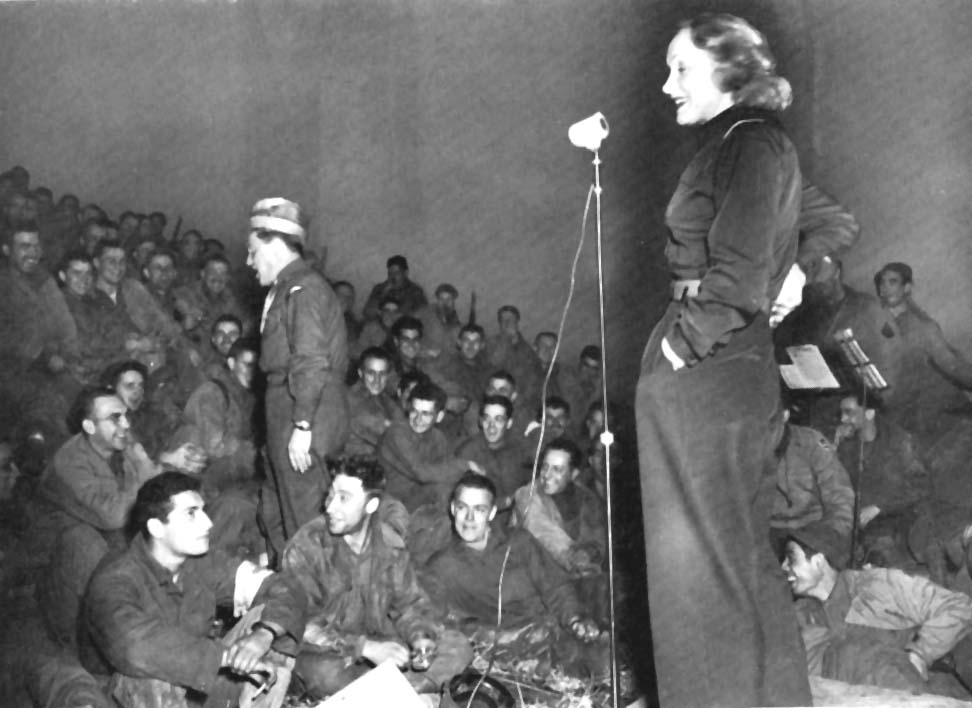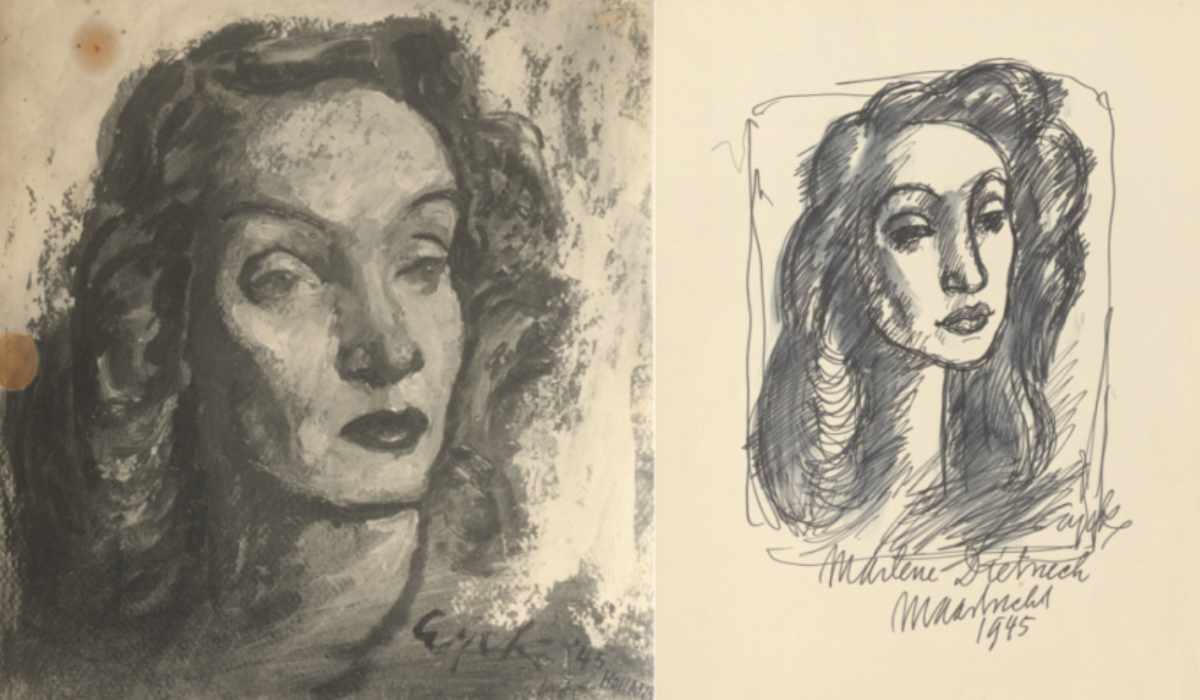A captivating true story that intertwines art, wartime, and a historical encounter between an iconic Hollywood star and a celebrated artist from Limburg has taken an unexpected turn. In 2011, a portrait by the renowned Dutch artist Charles Eyck (1897 – 1983) came into the spotlight when it appeared at an exhibition in Valkenburg. The sketch depicted the famous Hollywood actress and singer Marlene Dietrich, drawn by Eyck when she sat for him in a studio in Maastricht on a winter’s day towards the end of World War II. More than ten years later, Jim Pepels, an avid archaeology enthusiast with a passion for unearthing historical gems, was surprised to come across an almost identical sketch of Dietrich on an online auction site.

In January 1945, during the final year of World War II, Dietrich graced the stage of Maastricht’s Stadsschouwburg, today called De Bonbonnière, to perform for American troops stationed in the area. During this occasion, she apparently insisted on being portrayed by Eyck.

Above: Image of Marlene Dietrich, entertaining front-line soldiers of the Third Army in 1944, Lorraine campaign from the United States Army Center of Military History, public domain.
“It was normal for painters to create quick sketches before painting,” said Pepels. Or perhaps Eyck made several copies to delight a number of soldiers and friends… “An old friend of mine, who was also a well-known artist, personally knew Eyck and he told me once that Eyck could almost instantly recreate a sketch that he made, almost like a copy.”
Maastricht itself played a crucial role in World War II during the post-liberation era when Dietrich visited the city. After the city was liberated in September 1944, it served as a “rest center” for American GI’s. Soldiers, on leave from the front line, sought solace and relief in the vibrant city. In contrast to the harsh realities of war, Maastricht offered them a glimpse of hope, with opportunities for dancing and enjoying a beer. Hollywood stars brought a touch of glamour to these rest centers, boosting the spirits of the troops.
Pepels is fascinated to know whether the painting still exists and where it is.
“The mystery of where Marlene Dietrich’s painting is located remains, but I bought this portrait because I knew this story is bigger than just a Charles Eyck drawing. This was a moment in Dutch history. For me, Eyck and Dietrich together symbolise a piece of Maastricht’s liberation.”
According to Essers, the portraits provide valuable historical detail and therefore it would also be of historical significance to find the original painting.
“It is not just about Marlene Dietrich, it’s also a piece of history from Maastricht at that time… to know exactly what happened and how Marlene Dietrich performed here and how Charles Eyck also created those portraits… As a researcher or curator, like me, you naturally always want to know if that original still exists and where it is. So the search is ongoing.”
Contact us
Maastricht University Library stimulates, supports and facilitates the use of UM’s Special Collections and the thoughtful integration of digital technology to advance education and research. Think about how using these books can add value to some of your courses. If you want to know more about how we can support you, contact curator Odin Essers via Ask your librarian. Follow the Special Collections on social media: Maastricht University Special Collections (@specialcollectionsumlibrary) | Instagram and Special Collections – Maastricht University Library | Maastricht | Facebook


0 Comments